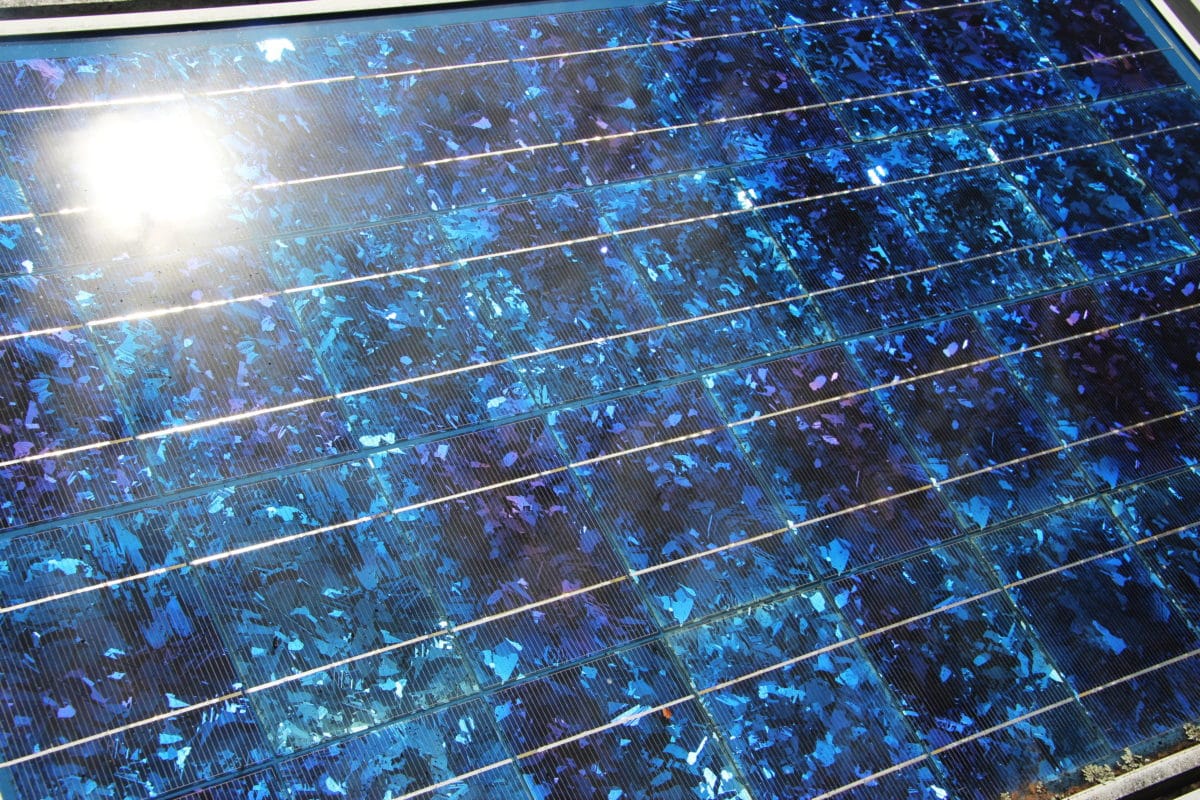Researchers from Bangladesh's have demonstrated a photovoltaic-thermal (PVT) system for residential applications with an active cooling technique based on water.
Described in the study Performance analysis of a novel integrated photovoltaic-thermal system by top-surface forced circulation of water, published in CleanEnergy, the system consists of a flat-plate solar thermal collector and a PV panel that are not integrated into a single device, as in usual PVT systems, and are connected via pipes. The system is also equipped with a water tank, a storage tank and a pump.
The pump is responsible for making the water flow on the PV module front side, for cooling it down, and then bringing the water to the solar collector, where the hot water is produced. A PVC pipe with 20 holes is placed on the top of the 108-cell PV module – with dimensions of 50×44×5cm and a power output of 20 W – to maintain a constant discharge of water. “The water cannot flow out from the side of the PV panel because of a tray placed at the bottom side of the module that also provides support to the module,” the academics specified.
According to them, the experiment showed that as the mass flow rate of the water stream increased, the panel temperature dropped significantly. “For a mass flow rate of 2.5l/min, at best, a 15 degrees Celsius panel temperature can be reduced, which significantly improves the efficiency of the PV panel,” they further explained. “It is also evident from the figure that, for a reduction of 1 degree Celsius in the panel temperature, the efficiency increases by 0.3%.”
Popular content
The scientists said the PV panel achieved efficiencies of 14.6% and 15.2% for panel temperatures of 48.3 degrees Celsius and 40 degrees Celsius, respectively, noting that the water-cooling technique mostly affects its efficiency at a 45-degree angle. “Panel efficiency increases by 0.9% at a 45-degree tilt angle (with cooling) and, for other tilt angles, the efficiency increment varies from 0.6% to 0.7%,” the Bangladeshi group stated. With the lowest (0 degrees) and highest (75-degree) tilt, instead, the cooling system has almost no effect, as with the first one, water can simply not flow through the panel and, with the second, it flows too fast.
As for the solar collector, the scientists said it achieved an overall efficiency of between 60 and 65% for different mass flow rates at a 10-degree angle. This lower-than-usual level of efficiency is due to the increase in the mass flow rate of the water for PV module cooling, which reduces the entropy of the collector and results in lower hot-water production. The highest temperature of the hot water obtained was around 66 degrees Celsius and the highest overall efficiency was about 81%.
“Results show that the overall efficiency of the system is around five times higher than the individual PV panel efficiency,” the researchers concluded. “The forced circulation of water dropped the panel temperature and increased the panel efficiency by 0.8-1% and exergy by 0.6-1%, where the overall energy efficiency was around 81%.”
This content is protected by copyright and may not be reused. If you want to cooperate with us and would like to reuse some of our content, please contact: editors@pv-magazine.com.



The article/study “Water-based cooling technique for photovoltaic-thermal systems” should have associated with illustrated diagrams and supporting calculations!
Couldn’t understand such an integration.
Thanks